Introduction to PowerApps : Session 1
- The Tech Platform

- Jan 9, 2021
- 8 min read
Updated: Jan 25, 2021
THE TECH PLATFORM PRESENTS TALKS WITH AROH SHUKLA (YOUTUBE & FACEBOOK)
This Article is Written by Mr. Aroh Shukla. This Article is based in the Introduction of Power Apps - Session 1 . To see the Live Video for this session visit Youtube and Facebook @thetechplatform.
The Facebook Link - Talks with Aroh Shukla
The Youtube link -Talks with Aroh Shukla
This Article will cover the following topics:
Intro to Power Apps Why we need Power Apps
Power Apps What is Power Apps?
Power Apps License Basic information on Power Apps license
Types of Power apps Which Power Apps to use in which scenario
Demo A walkthrough on Power Apps UI
Course Road Map
Transforming your business is challenging
What is Line of Business Application?
Line of Business (LOB) Applications are programs/software that are essential to running a business. There are two areas to consider when determining your LOB applications: the industry and the type departments.
Benefits of LOB Applications
Built specifically to serve an organization’s business needs
Built specifically for an industry.
Expensive to maintain
Does not keep up with organization’s need for change
Challenges
The Dilemma
Buy off-the-shelf
Will this app solve all your problems?
What do you do when the software does not solve all your problems?
Building a custom application
How much time do you have?
Who is going to maintain in long term?
Microsoft Power platform
The Low - Code platform that spans office 365, Azure Dynamic 365 and stand alone applications.
Power apps growth
Microsoft disruptive Technology for building any business application.
Power Apps Mission
Empower every developer to do more.
Citizen Developers.
Pro Developers.
IT Developers.
Develop faster than ever before with the Microsoft Platform
Pro Developers + Power Platform = No Limits
Power Apps: a low-code approach to building apps
Easily Build apps with a full featured low-code/no-code platform
Connect to your existing data with 300+ pre-built connectors and custom connectors
Store your data in the Dataverse (Formerly common Data Science Service)
Integrated with Office 365, Azure, Dynamics 365, and Power BI
Strong Enterprise Governance and Security
Pro - dev Extensibility
Type of Power Apps
Canvas Apps
Canvas-based apps have been around since PowerApps first came on the scene roughly 2 years ago. Design custom apps by dragging and dropping elements onto a canvas, just as you would design a slide in PowerPoint. You start by designing a User Interface for your app (in a PowerPoint design, Excel formula functionality type of way) and connect it to the data available through many of the out of the box connectors (or if you’re feeling ambitious you can create your own). The great thing about canvas apps is that you can connect to most of the data sources that are included in your O365 license.
These apps are great for:
Pulling multiple data sources together into one app
Data from SharePoint lists, Dynamics 365, Office 365, SQL databases, and many more can be
combined into one user interface
Creating a completely custom UI
Providing a user friendly – mobile-first application for your users
More flexibility with development of functions and controls
One thing to keep in mind with canvas-driven apps, you need to already have your data sources created or in production in order to build the framework of your app. For example, see the screenshot below of a canvas app:
Model Driven Apps
Dynamics 365 platform has been integrated into the Common Data Service or CDS. This essentially means Dynamics 365 and CDS are one in the same. You create the entities and data structure for your apps while you are building them. Keep in mind, to use CDS you must have an additional P1 or Dynamics license on top of your O365 license.
These apps are great for:
Creating your data source from scratch
1. Entities, tables, relationships, fields
Grouping business or use case functionality together into one app
1. For example, a client check-in app, where a customer service representative has a model driven
app that groups the functionality they need together in one app
Business process flows that guide users through a common business process
The unified client interface means your app will look the same whether it is being viewed on a phone, tablet or desktop
Look at the screenshot below for an example of a model-driven app (those of you Dynamics 365 users may realize that this is quite like the Unified Client Interface- that’s because they’re the same thing):
Portals
Portal allow for external use scenarios, like customer self-service portals that require external or anonymous access.
Put your data to work with the Dataverse
“Out-of-the-box” data store for your apps
Advanced security, business logic and rules
Jumpstart apps with the Common Data Model
Dynamics 365, Office 365, and Azure data is available, augmented by industry partners
Extend to your own needs and integrate across your apps and services
AI Builder: intelligent apps and processes
Low code AI solutions for Power Platform leveraging the power of Microsoft AI
Bring your data from dataverse , ADLSv2 or 300+ pre Built connectors and custom connectors
Customize Dynamics 365 AI offerings to specific schema and processes with AI Builder
Predictors available in Dataverse for Power Platform and Dynamics
Pro-Dev extensibility and governance
Mixed Reality
1. Take Measurements
When your workflow requires understanding dimensions of the physical world, you will be able to take linear or volumetric measurements directly through the Power App. Use the results to kick off automated processes or store these back into your data source.
2. Validate fir before work begins
When you are working in the real world, you need to understand physical spaces. Now in Power Apps you will be able to use 3D models or virtual volumetric representations to find out if a pathway is large enough; if the product will fit or how placement might impact line of sight.
Power Platform License is COMPLEX
Frequent changes
Newer products with existing Power Platform
Office 365 and Dynamics 365 and Azure
Standard Connector & Premium Connector
Saas - Software as a Service
aPaas - Application Platform as a Service
Paas - Platform as a Service
Iaas - Infrastructure as a Service
Power Apps / Power Platform – Free For Office 365 Plans
Power Apps per app plan: US$ 10 per user/app/month
Allows you to access two custom Power Apps (Canvas app or Model-driven app) and one Portal app
All apps must be in the same Dataverse environment.
Power Apps portal
Power Apps portals login capacity add-on, 100 logins per month: US$200
Power Apps portals page view capacity add-on, 100,000 page views per month: US$100
Internal users must be licensed separately, either via Power Apps or Dynamics 365 licenses.
Power Apps per user plan: US$ 40 per user/month
Allows you to access an unlimited number of Power Apps (Canvas/Modeldriven/Portal) in your tenant.
Can also be used for accessing Canvas apps shared to guests in another tenant
References
Official Microsoft Power Apps pricing
Official Power Portals FAQ
Blog: Price points of Power Platform
Power Apps / Power Automate – Community Plan
Get a free environment for individual use
Learn and develop your Power Apps and Power Automate skills
Explore and create in a fullfeatured environment for development
Build apps on a single, extensible view of your data with Microsoft Dataverse
“Low Code” Development With Power Apps
and Power Automate
Low Code Concepts
Declarative & Imperative Logic
Formulas
Variables and Collections
Data Sources
Controls & Bindings
Navigation
Declarative & Imperative Logic
Declarative logic (Excel, Power Apps)
Define data flow dependencies between values.
Pull Changes • Logic automatically performed as value changes called as recalculations
For e.g., Screen.Background = if (IsBlank(Name), Red, Green) •
Imperative logic (Visual Basic , C#, JavaScript)
Defined Steps
Push Changes
Logic is event driven, executed once for each event
For e.g.,
private static void button_Click(object sender, EventArgs eventArgs)
{
Screen.Background = if (IsBlank(Name), Red, Green)
}Reference Access Sheets / Screen
Excel
Formulas can reference any cell in the workbook
Entire workbook is recalculating all the time, even if we can't see in screenshot
Power Apps
Formulas can reference any control property
The Entire app is recalculating all the time, even of we can't see in screenshot
Excel Function in Power Apps
Imperative Functions
(Declarative and Imperative function)
Benefits of Power Apps
SPEED
One of the biggest benefits of Power Apps is how quickly one can develop a useful, functioning app. Power Apps extracts many time-consuming elements from the usual development process (such as creating a user interface, creating links from form fields to code and data, etc.) and replaces them with an intuitive drag and drop interface.
STREAMLINE DEVELOPMENT
Between submitting tickets, getting manager approval, design, prototype signoff, Q&A testing, security, and rolling out the newly developed app, creating a new app can be so difficult that many departments would rather suffer with doing it manually, or limping along on an old application. With Power Apps, new apps can be conceived, built, and distributed all within the group that needs them.
Whether Power Apps are built by the company’s developers or by an ambitious team member willing to do a little bit of research and sorting through connectors and functions, Power Apps start far away from scratch. In many ways Power Apps are like popular recipe-in-a-box services. You still have to do the cooking to put it all together, but all the parts and instructions are already there.
EASIER APP CREATION
With APIs, libraries, functions, and objects, coding an app can be daunting for the non-programmer. The benefit of Power Apps is that the majority, if not all, of that coding can be handled by dragging and dropping. Whether building a mobile app, an app that runs in a browser, or an in-house desktop app, Power Apps handles all of the usual overhead that goes into making the app fit the environment. With Power Apps, there is no need to know about the pros and cons of frameworks, dependencies, or libraries. Power Apps handles all of that behind the scenes.
EASY TO USE CONNECTORS
One of the hardest parts about developing apps for non-professional developers is knowing how to connect to data. While all the pretty drag and drop interface tools make building the front end easy, this won’t help a power user in the accounting department build a complete app if they still have to contend with building SQL queries, or heaven forbid regex filters, on the back end. Thanks to Microsoft Power Apps connectors, many standard data storage services are easy to connect to and use with Power Apps. Additional drag and drop selections and templates make accessing data from cloud services or common Microsoft applications easy.
DEEP OFFICE 365 INTEGRATION
Getting the data from an app is great, but where should that data go? Thanks to Power Apps integration with Office 365, Microsoft Flow, and Microsoft Power BI, it’s easy to get data into and out of SharePoint, or Excel, or any of the other 365 apps on which your business depends.
MOBILE READY
All too often, there is already a really great way for a user to access exactly what they need… as long as they are sitting at their laptop or desktop computer. However, when the same user is out on the road, or just away from the office, it can be difficult to access the same information on a mobile device. Cluttered interfaces that work perfectly on a 24” screen can be worthless on an iPhone or Android device. Power Apps allows you to develop for a phone form factor right in the same interface so you can always be sure that the great new app you are building will work for your road warriors. Thanks to the easy to use interface and common connectors, chances are there is a way to easily create a mobile friendly version using the same data access that the desktop version already uses.
INTEGRATION WITH POWER AUTOMATE
Power Apps comes integrated with Microsoft Flow. This Power Apps benefit lets apps react to changing or updating data without the need to build your own poll or check to alert the app to run when there is an update. Various Power Apps subscriptions come with different numbers of flows that can be run each month, but the number can be increased if necessary.
LOW COST
Another benefit of Microsoft Power Apps is its low cost. Standalone plans start as low at $10 per month for two applications and one portal, or $40 per month for unlimited applications. With an Office 365 license, it’s even easier to add Power Apps to your stack. Contact your admin to add-on or try it out yourself.
JSON Free course which gives Power Apps / Power Automate to understand how JSON is core skill to learn Power Platform.
Read More:
The Tech Platform


























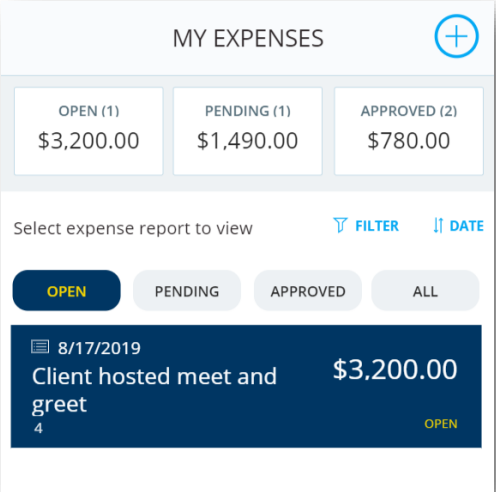

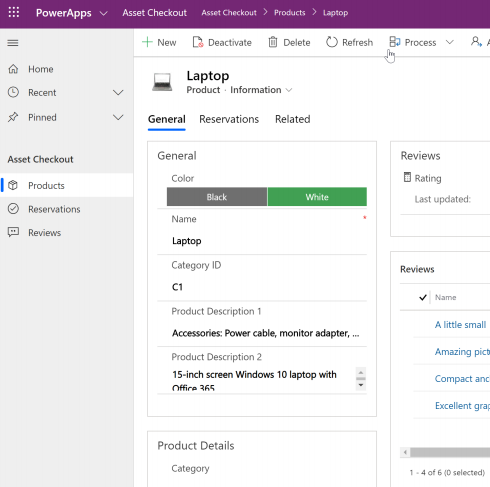



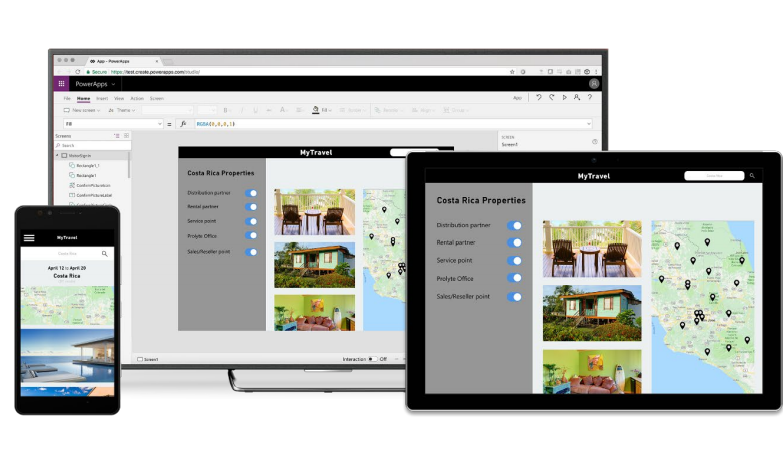

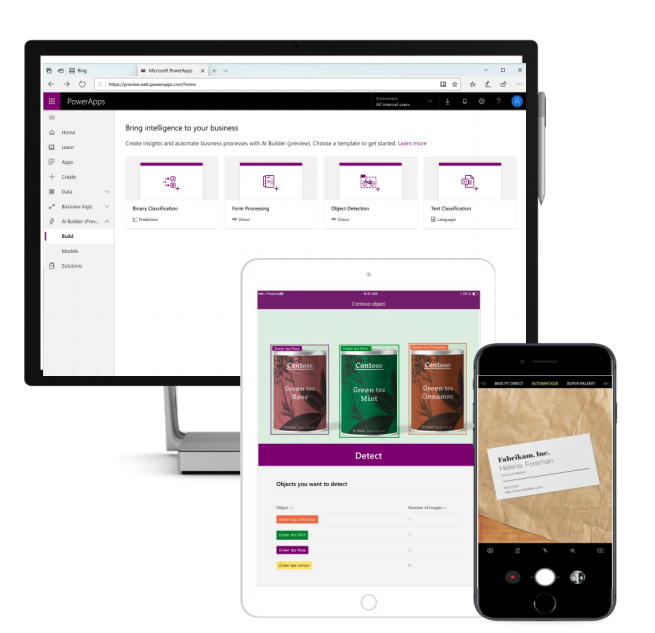

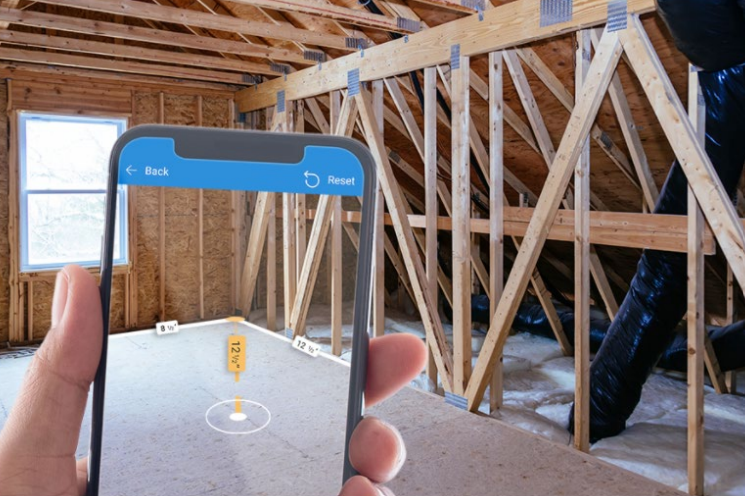

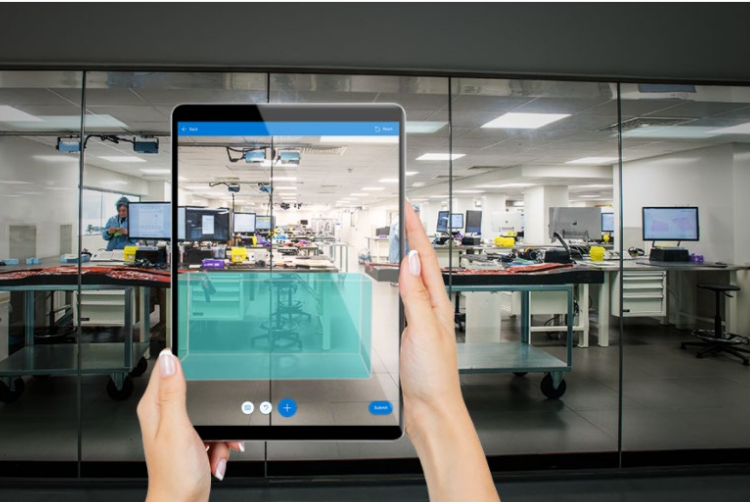

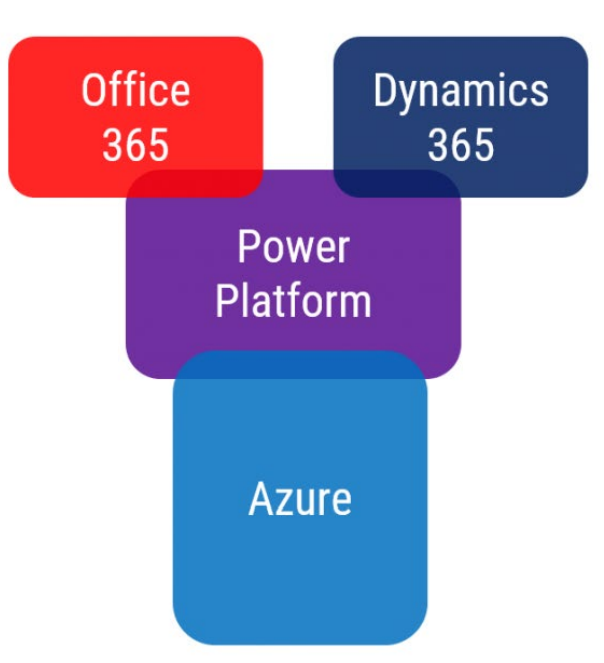

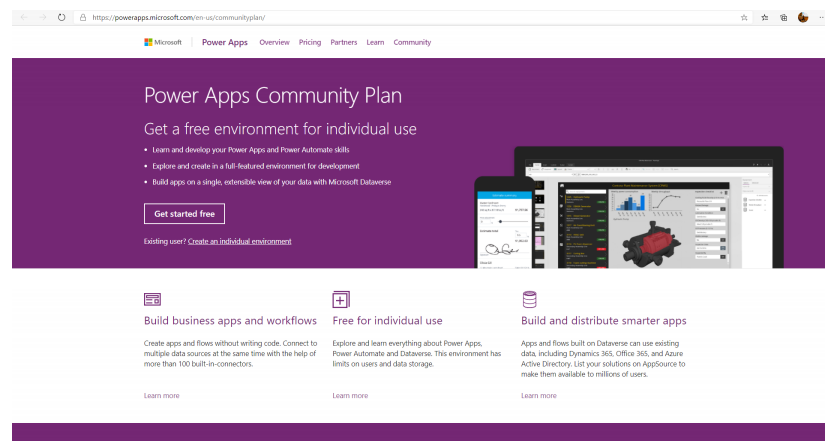

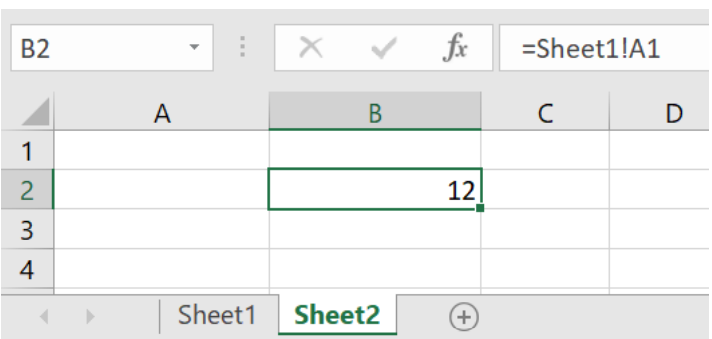

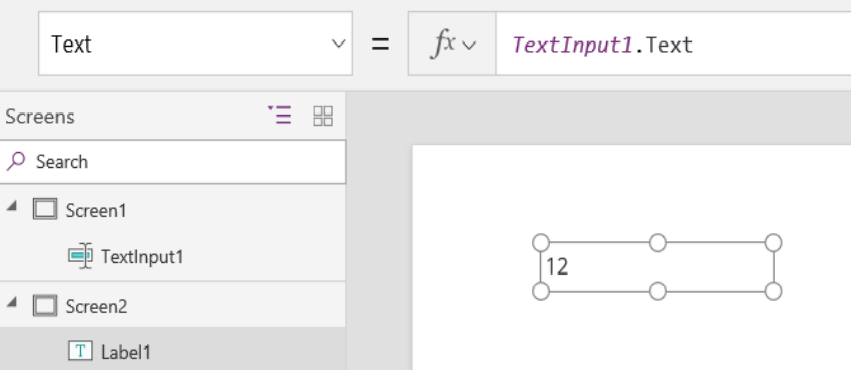







Comments